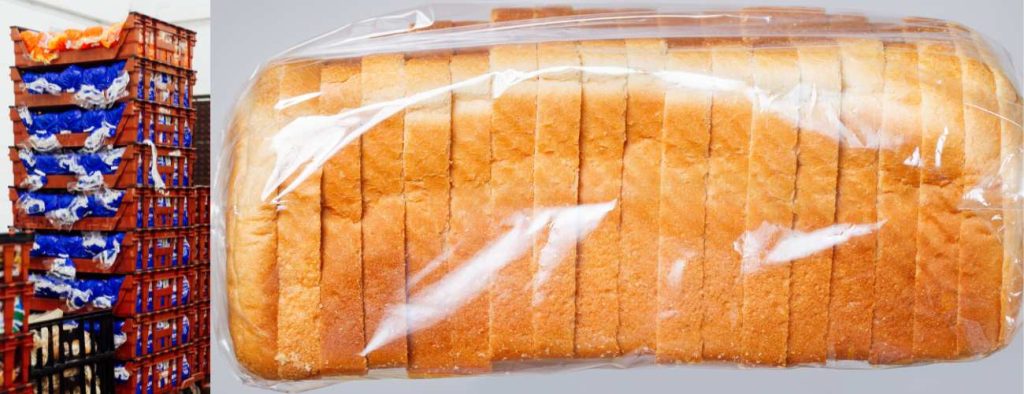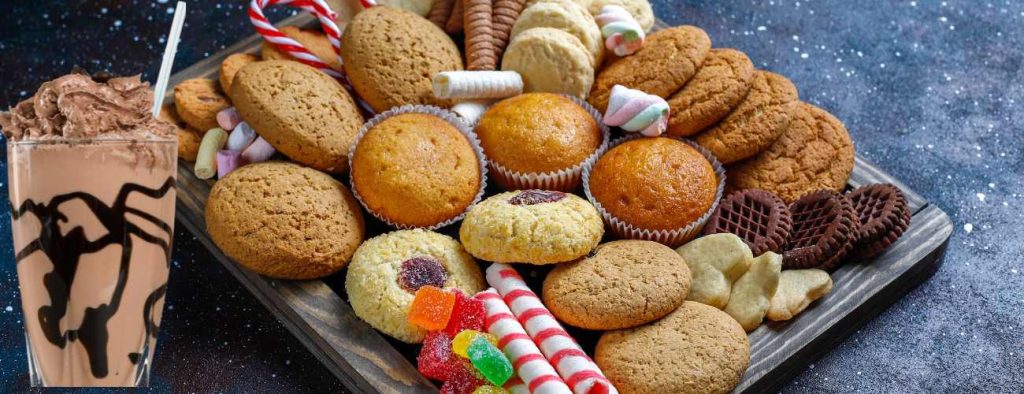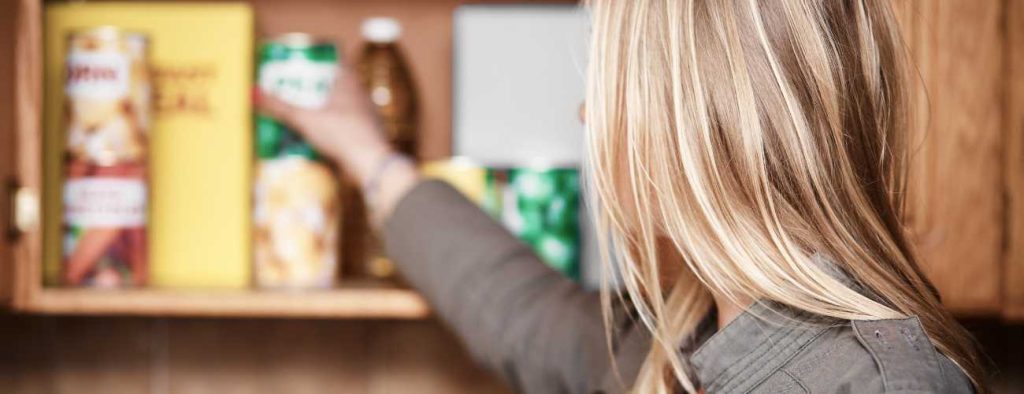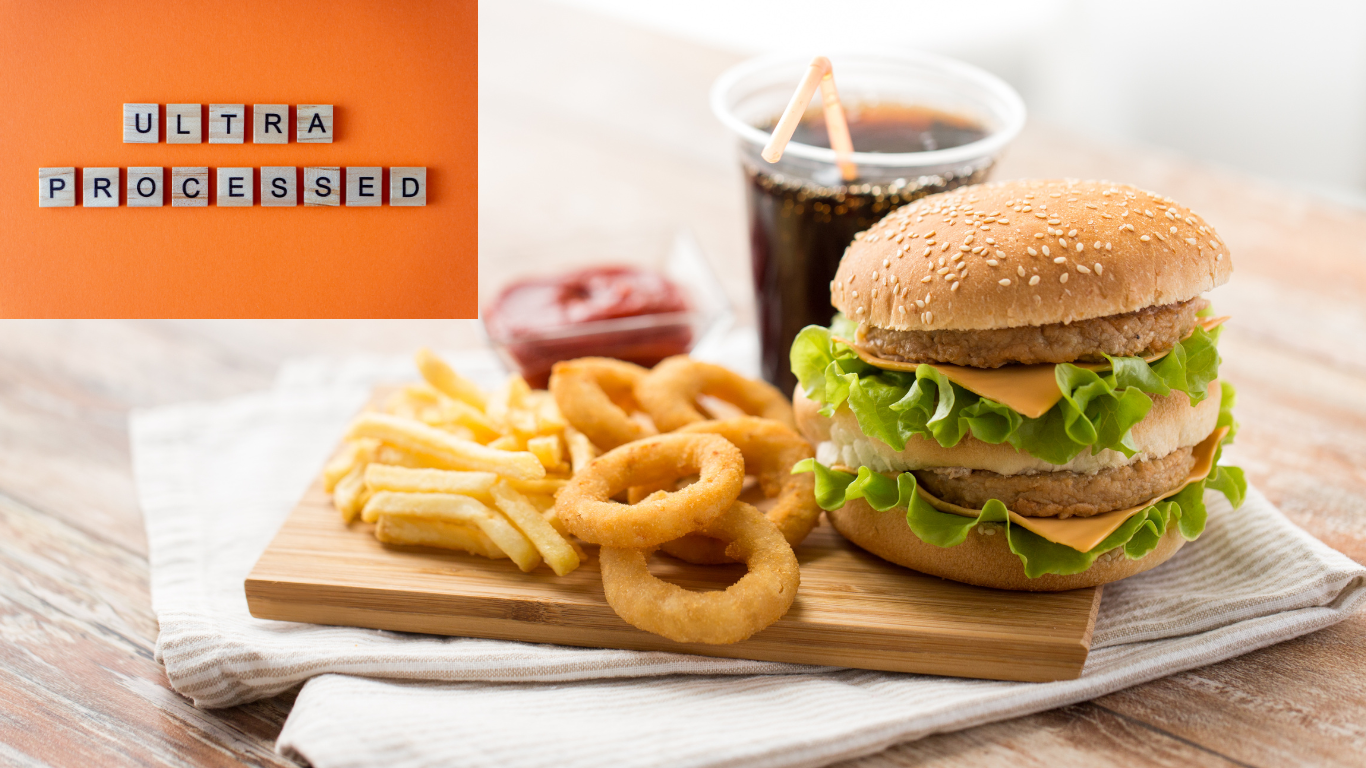“We are all part of an experiment you didn’t volunteer for.”
This quote from Dr. Chris Van Taulker resonates deeply with me, especially after years of trying to take control of what my family and I consume while learning about nutrition.
As a child, I struggled with being overweight until about age ten, and food was always on my mind. I was either eagerly anticipating my next meal or trying to eat less in an effort to lose weight. It feels like most of my life, I was on some kind of diet.
The first time I started to care about what I consumed for health reasons was after the birth of my first son. Naturally, as a new mom, I wanted to ensure he was eating the best. When he was older, he developed eczema and food allergies, which made me start scrutinizing all food labels.
Initially, I was looking for allergens to ensure his food was safe, but soon I found myself puzzled by all the other ingredients I had never noticed before.
I began questioning: What are these doing in my bread?
- Calcium Propionate
- Sorbic Acid
- Mono- and Diglycerides of Fatty Acids
- Soya Lecithin
- Glycerol
And many more!
After researching, I learned that these are stabilizers and preservatives used to make the bread taste better and last much longer than homemade bread.

The conflicting information about these chemicals, much like the debates surrounding nutrition, left me overwhelmed.
Being a busy working mom, I eventually gave up trying to understand these ingredients. I was exhausted, and the constant effort to determine what was right or wrong in terms of food wore me down.
I reached a point of almost giving up, basically not caring much about what I was eating…
We usually ate a mix of home-cooked meals, ready meals, and take outs.
Interestingly, I noticed my son’s skin often improved when he ate home-cooked meals. Although his doctor assured me that his eczema wasn’t caused by food, I firmly believe that certain foods at least partially triggered his flare-ups.
Personally, I was having constant food cravings, wanting to eat shortly after breakfast, snacking all the time, and often feeling low on energy. I felt controlled by food and wanted to take charge of what I was eating.
Why was I constantly feeling hungry?
Increasingly interested in nutrition, I came across Professor Tim Spector, who talked about the importance of gut health and the negative effects of ultra-processed foods. This was when I began to understand what was really in my bread and the negative effects these ingredients have on us.
What are Ultra-Processed Foods?
Ultra-processed foods (UPFs) are industrially created, edible substances that make up over 50% of people’s diets in both the UK and the US.
These foods, which often resemble real food, are not whole foods but rather mixtures produced through processes like boiling, pressurizing, moulding, and the addition of flavours, preservatives, and chemicals to enhance their appeal.
Companies invest heavily in taste experiments to achieve the perfect combination of flavours that consumers find irresistible, aiming for that “bliss point” which ensures customers keep coming back. These products are designed to be highly profitable and convenient, containing ingredients not typically used in home cooking.

You might be surprised to find how many items in your kitchen are UPFs, including basics like bread, mayonnaise, butter spreads, and cereals.
In discussions about nutrition, the focus is often on calories in and out, macronutrients like fats, carbs, and proteins, and labelling systems like the UK’s traffic light system.
However, it’s crucial to consider where these ingredients come from and how they are processed. It was only after I delved deeper that I understood the importance of ingredient sources and processing methods.
A person eating according to “healthy” food labels can still consume unhealthy ultra-processed foods.
In the UK, the traffic light system on food labels uses green for nutritionally good, orange for moderate, and red for poor nutritional value.
However, Dr. Chris Van Taulker poses an important question in his book:
“What if you get a food label with two greens and two orange colours – do you go ahead or not?”
Why Focus on Ultra-Processed Foods (UPFs)?
I firmly believe that anyone wanting to improve their nutrition and health should start by addressing their intake of ultra-processed foods (UPFs).
Here’s why:
- Health Risks: UPFs are linked to serious diseases like cancer, heart attacks, type 2 diabetes, adverse mental health, and premature death.
- Gut Health: Our gut is crucial for immunity, accounting for as much as 80% of it, and is connected to all organs in our body. Recent research highlights the importance of gut health, which UPFs can severely disrupt by damaging the gut lining, lacking fibre and other beneficial nutrients.
- Weight Gain: UPFs, especially low-fat substitutes, are strongly associated with weight gain. Since their introduction, obesity rates have risen dramatically. Studies by Carlos Monteiro and Kevin Hall show that people consume more calories when on a diet high in UPFs.
- Lack of Satiety: UPFs are so easy to digest and absorb that they don’t signal fullness to our brain, leading to overeating and frequent sugar spikes. Have you ever noticed how a fast-food burger leaves you craving more, while a homemade one satisfies you?
- Addictiveness: Companies tailor these products through extensive taste experiments to hit the ‘bliss point’—a perfect combination of flavours that make them irresistible, targeting both children and adults. This makes UPFs highly addictive.
- Evolutionary Mismatch: Our bodies, evolutionarily speaking, are not equipped to handle the level of processing and chemical additives found in UPFs. Ultra-processed foods only became common in the latter half of the 20th century, a far cry from what our ancestors consumed.
- Environmental Impact: The production and packaging of UPFs often have a larger environmental footprint compared to whole, minimally processed foods. This includes higher energy consumption, greater waste production, and more significant resource use.
When I started this journey, I wasn’t prepared to realize that even basic-looking foods were often UPFs. Figuring out what is and isn’t UPF proved to be more challenging than I thought. Finding non-UPF foods was also difficult.
Over the past year, I have made significant changes to my diet, removing all UPFs from our kitchen cupboards except for the occasional treat.
Starting Your Journey Away from UPFs
If you’re wondering where to start, these tips might help:
1. Learning Phase
- Read a Book on UPFs: I highly recommend “Ultra-Processed People” by Chris Van Tulleken. It provides a comprehensive understanding of UPFs and addresses many concerns.
- Check Ingredients: Start reading the ingredients on your food products. If there are many ingredients that you wouldn’t find in a home kitchen, it’s probably a UPF. My free guide on how to read a food label, including recognizing UPFs, can help.
- Audit Your Food Cupboard: Don’t throw anything away yet. Just start learning – identify which items are UPFs and which are not.
- Download Apps: Apps like Yuka can help you by scanning products and telling you if they are UPFs.
- Join Facebook Groups: These groups can be very helpful as you can talk to real people who are further along in their journey. They can offer advice on UPFs and alternative non-UPF products.

2. Action Phase
- Plan Your Meals: Planning is crucial to ensure you know what you’re going to eat and what you need to shop for.
- Plan Your Shopping: The first few trips might be challenging as you’ll have to check many labels, but it gets easier once you know which products are not UPFs. This made my shopping more straightforward with fewer temptations.
- Cook More Often: If you were using ready meals and takeaways frequently, you’ll likely end up cooking more. This is a good thing – you’ll appreciate your food more and become a food creator rather than just a consumer. Batch cooking for the freezer or fridge can be a lifesaver, as well as quick recipes under 30 minutes.
- Visit Local Bakeries, Markets, Butchers and Farm Shops: These are good places to find UPF-free bread and other staples. However, still check the labels as it’s not guaranteed.
- Make Your Own Staples: Making your own bread, butter, yogurt, cakes, and biscuits is easier than you might think, especially with gadgets like a bread machine (I love mine!).
You might think, “Well, this sounds like way too much effort.” But the truth is, UPFs are silently wreaking havoc on our health, and it’s time we start questioning their place in our diets.
Taking control of your diet doesn’t require becoming a culinary expert or a gardening guru. It’s about realizing the power you have to choose what goes into your body.
The food industry won’t change unless we change our spending habits. By avoiding UPFs, we send a message that we demand better options, and this can lead to a healthier food on our supermarket shelves.
I’ve personally experienced the benefits of ditching UPFs – from shedding pounds to feeling more energetic. And I’ve learned to cherish the art of cooking and meal prepping to avoid falling into the trap of processed foods.
We don’t have to be part of the experiment anymore!
So, which side of the fence will you stand on?
If you’re ready to take the plunge, remember, a nutrition label won’t reveal the whole story. Always check the ingredients to know where your food truly comes from.
You can tailor your approach to fit your lifestyle, but one essential step is educating yourself about UPFs. Understanding what they are and how to spot them is key to reclaiming control of your diet.



